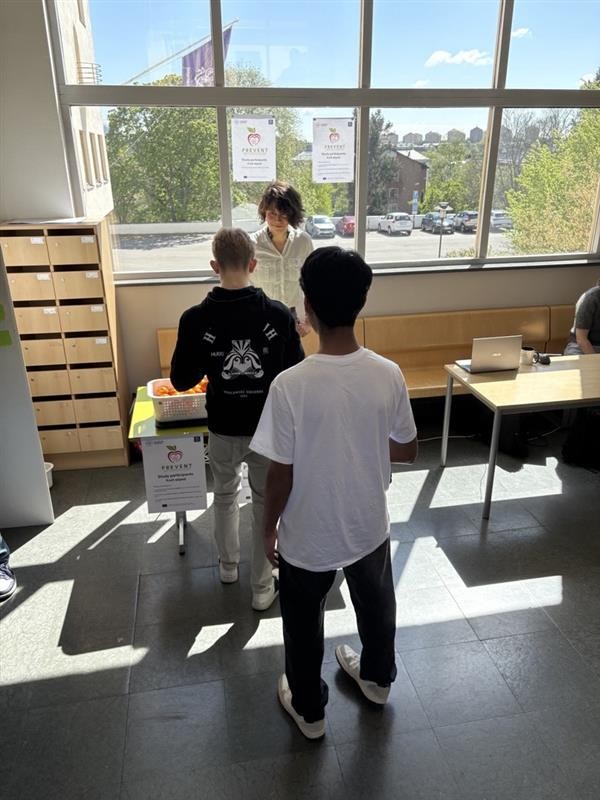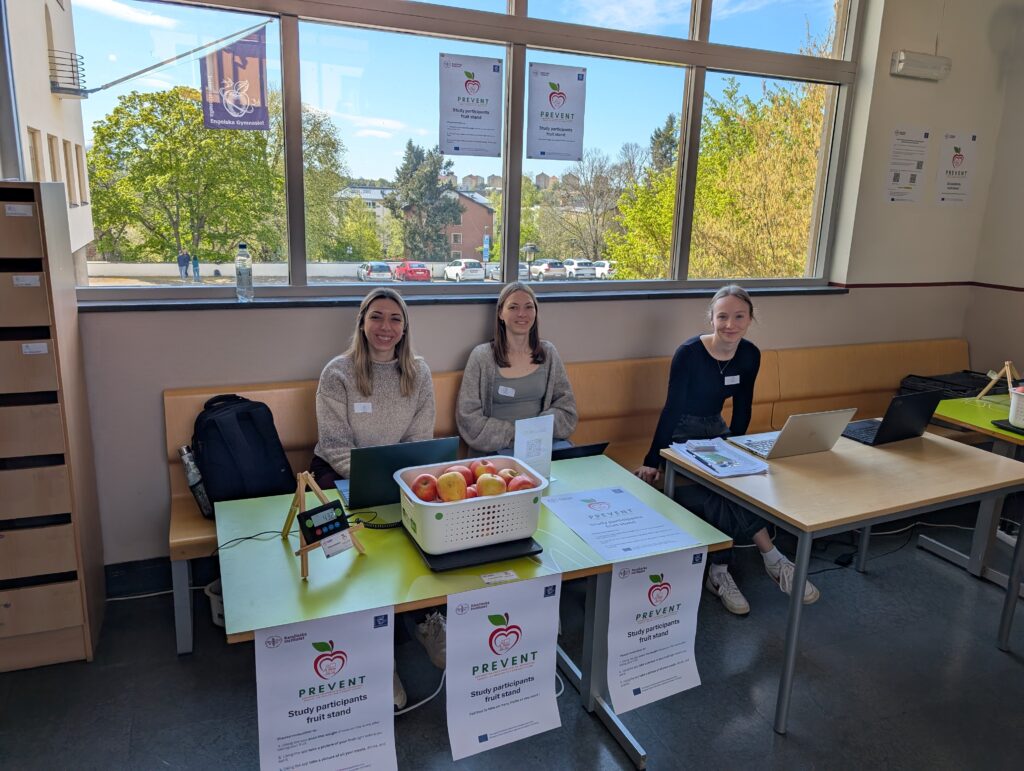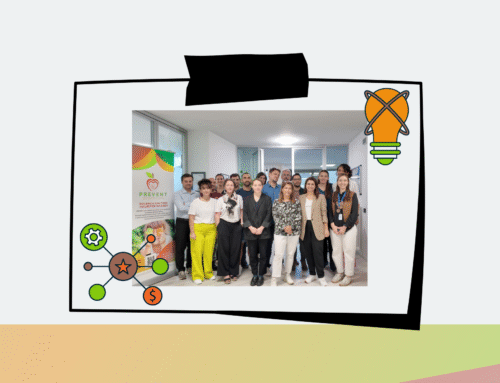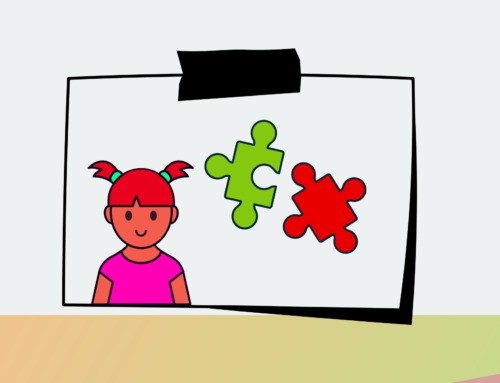From 12 to 16 May, a Swedish school became a hub for healthy choices as part of an exciting pilot intervention aimed at encouraging students to eat more fruit. For five days, stands selling fruit were set up across the school campus and were open from 9 am to 4 pm, encouraging students to purchase a healthy snack during the day.
Engaging Students Through Multiple Channels
The intervention saw enthusiastic participation. Forty-one students enrolled directly through classroom recruitment, while an additional 34 students and four staff members joined after scanning a QR code located next to the stands. This demonstrates the success of passive recruitment strategies. Furthermore, all students at the school were welcome to help themselves to fruit from the “All Students” stands — no registration was required.

A Fruitful Week in Numbers
While the detailed data analysis is still ongoing, the initial findings provide an insight into the impact of the week:
- A total of 923 valid pictures documenting fruit consumption were collected via the project app.
- Students consumed around 1,300 pieces of fruit during the intervention.
- Most of the fruit was eaten on site, though some students opted to take their snacks home or eat them on the go.
Evolving Preferences and Confidence
As the days passed, certain fruits clearly emerged as student favourites. Moreover, there was a noticeable increase in students’ confidence and comfort when approaching the fruit stands, suggesting that access, visibility and familiarity can play a significant role in developing healthy habits.
Reflecting on the pilot, María Fernanda Roca Rubio, Postdoctoral Researcher with the IMPACT group at Karolinska Institute, shared:
“I am pleased to inform you that we successfully conducted our pilot intervention with the fruit stands last week. This initiative was made possible through the collaboration with our partners from IEGS and the ARBI team.”
This pilot forms part of a wider initiative to explore practical, school-based strategies that promote healthier behaviours among young people. Stay tuned for the full data analysis and its potential implications for the future of fruit-focused interventions.





